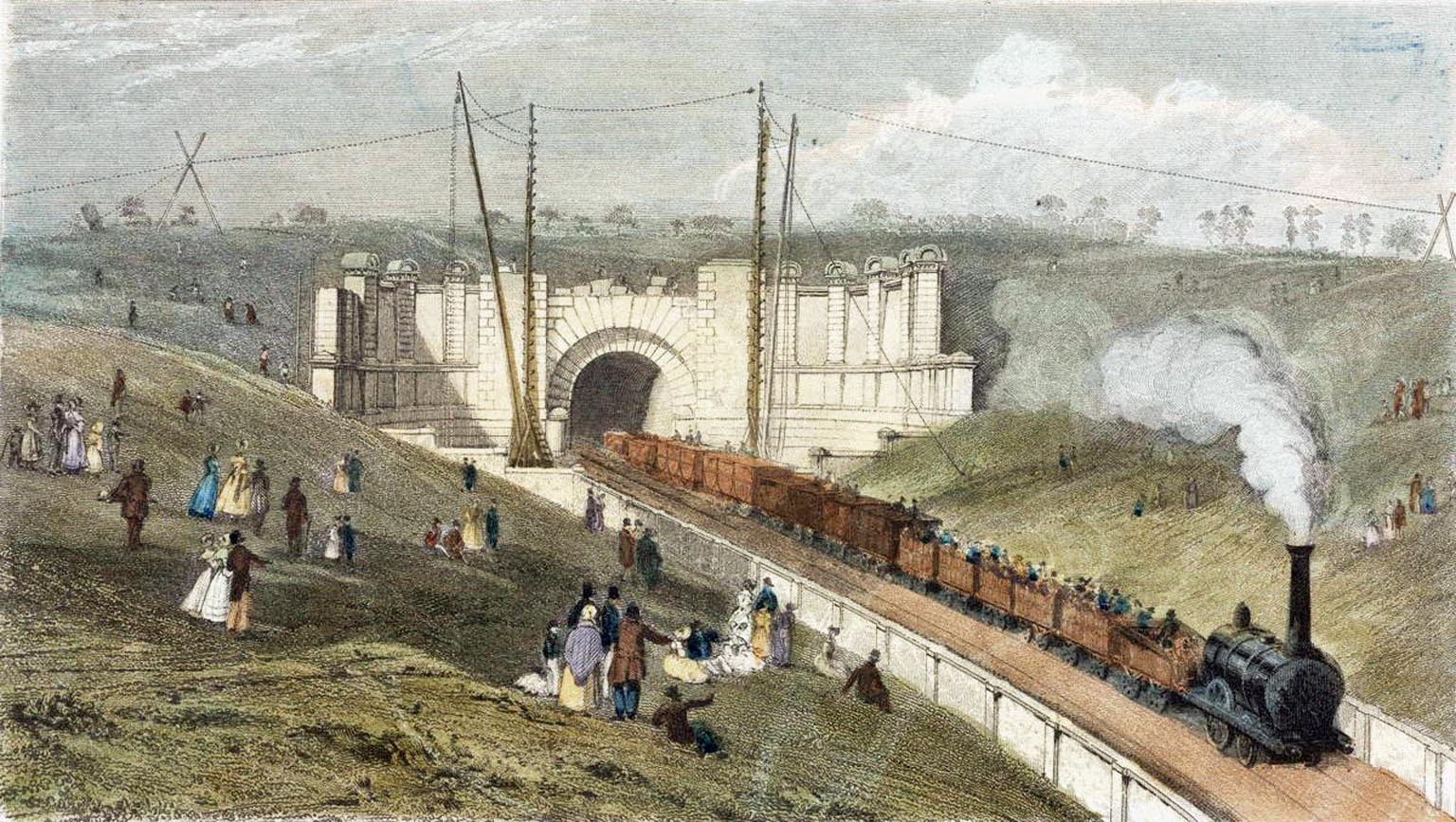
20 blooming years of Global Generation
The King’s Cross educational charity just keeps on growing

To discover how railways have shaped the borough, often in ways that can’t be seen
You can be forgiven if you’ve never stopped to admire the grand entrance to Primrose Hill railway tunnels as they swallow Glasgow-bound trains into the darkness under Swiss Cottage. In fact, did you even know that this former sightseeing hotspot exists in our very midst?
Despite their imposing design and historic significance – earning them Grade II-listed heritage status as with those on the opposite South Hampstead side – these tunnel portals are largely hidden from view today. Yet back in 1837 they were quite the tourist attraction, drawing crowds who’d come to take in views of the capital from the top of Primrose Hill, before hitting the 1000-capacity dancefloor at the long lost Chalk Farm Tavern and pleasure gardens nearby.
As London’s first ever railway tunnel, a visit was as much about gawping at the thing under construction as it was later to wave at trains or marvel at the ornamental portal from the grassy verges. In fact, there wasn’t really a need to dig a tunnel here at all, but none other than Eton College owned the manor house and its grounds above, and they were embarking on the very first wave of local gentrification; filling the rural pastures of Belsize Park with posh townhouse residences.

Eton insisted that trains chuffing daily through this estate did not a ‘des res’ make, so they struck the tunnel deal with the railway company, insisting on its grand entrance too, which cleverly served to showcase the swish housing development behind it.
The stone portal was designed by a W H Budden, who worked for a period as Robert Stephenson’s personal secretary. Camden History Society’s newsletter of July 2004 suggest he may have been no more than a ‘talented amateur’, as no other structures are associated with him. Forty years later, a second portal was built alongside which closely replicated the original, including its quirky details.
Today, despite their listing as important structures in the history of urban land use, they sit overgrown and unloved, only partially visible if you crane your neck around the back of the Lume restaurant and wine bar at the end of King Henry’s Road. It’s hardly a tourist trap these days.
In the 1980s, the little arcade which includes the restaurant was in danger of toppling back onto the railway line, but has since been stabilised, further restricting the view. It’s better if you are across the other side at the little Adelaide Nature Reserve, although trees tend to block sightlines later in the year.
The residents of the Blashford tower block on Adelaide Road undoubtably have the best views of the portal, although a close ‘virtual’ second can be had if you switch Google Maps to 3D aspect and follow the tracks.
London’s first railway tunnel! 1837.
— Tim Dunn (@MrTimDunn) August 17, 2019
By chance our Chiltern train stopped on the bridge which passes these – the western portals of Primrose Hill Tunnels. First built 1837, its twin (right) was added 1879. @HistoricEngland Listed Gd II. By WH Budden for London & Birmingham Rly. pic.twitter.com/xtQHyjRAj9
Meanwhile, keen-eyed railway enthusiasts will occasionally post a snap such as this one from railway historian Tim Dunn on Twitter, depicting the South Hampstead portals on the western side in all their sunlit glory.
Nearly two centuries ago the vast volume of spoil created from digging the tunnel was carted down the tracks to Camden Goods Station, where it was used to raise the whole yard by a whopping 15 feet.
Today, developers St George and supermarket giant Morrisons are once more repurposing this local earth, digging down into it once more and building a subterranean Morrisons store with the area’s latest new residential neighbourhood taking shape on top.
This feature was researched using materials from the Camden History Society. To find out more about the work of the society, its fascinating publications detailing the streets and neighbourhoods of the borough, and becoming a member, visit
Below: the view from Google Maps 2D

The King’s Cross educational charity just keeps on growing

As a new range of tees and merch celebrates the iconic label

Lust after the luxury flats or envy the industrial chic offices

Why does this building get people so passionate?